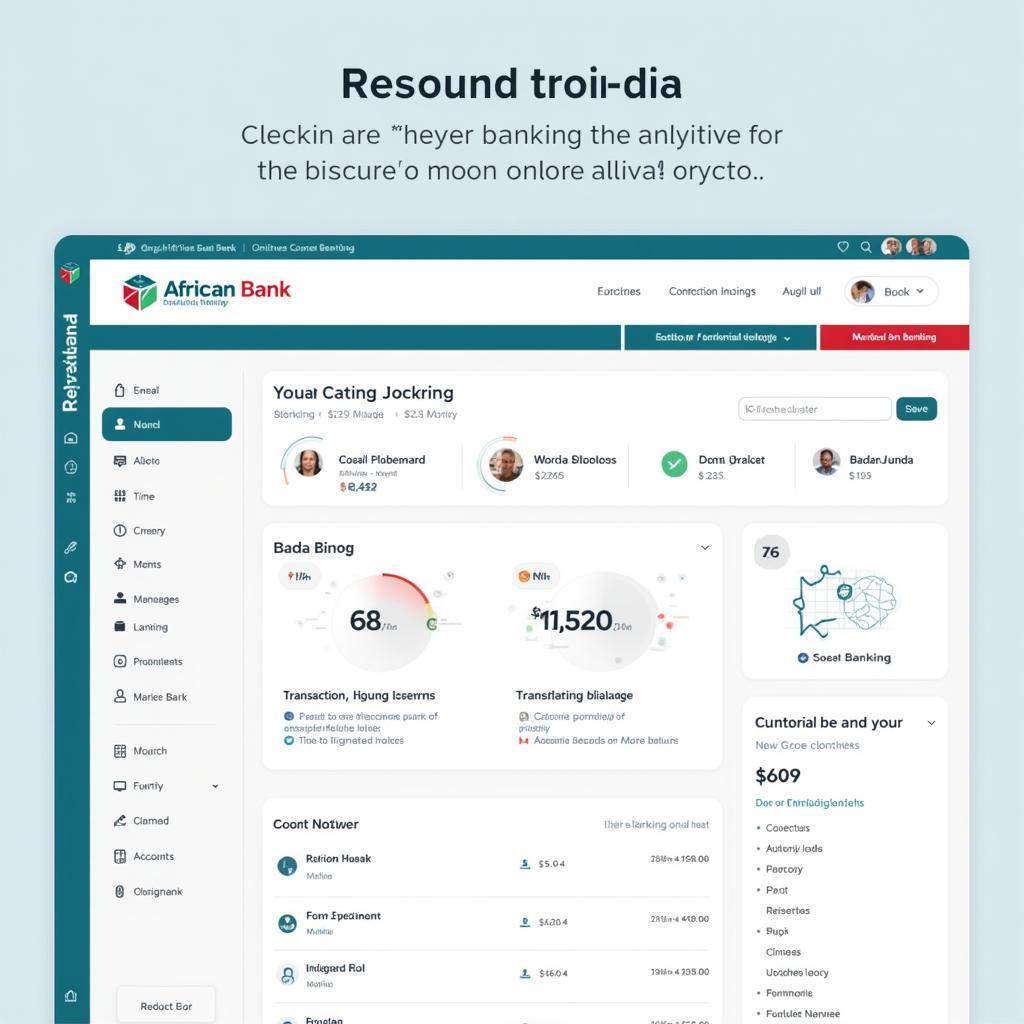Majestic African Bush Elephant: A Comprehensive Guide
The African bush elephant, the largest land mammal on Earth, roams the savannas and forests of Africa, captivating the world with its sheer size and complex social behavior. From their iconic tusks to their intricate family structures, these magnificent creatures play a vital role in the African ecosystem. This article will delve into the fascinating world of the African bush elephant, exploring their physical characteristics, social dynamics, conservation status, and the challenges they face.
Understanding the African Bush Elephant
The African bush elephant ( Loxodonta africana) is one of two species of African elephants, distinct from the smaller African forest elephant. These giants are distinguished by their larger size, concave foreheads, and tusks that curve outwards. Their enormous ears, which they use for thermoregulation, are another prominent feature. But beyond their physical attributes, African bush elephants possess remarkable intelligence and emotional depth.
Physical Characteristics and Adaptations
African bush elephants are perfectly adapted to their environment. Their thick skin protects them from harsh sun and insect bites, while their large feet distribute their weight evenly, allowing them to navigate varied terrain. Their trunk, a marvel of evolution, serves multiple purposes, from grasping food and water to communicating and expressing affection. The tusks, unfortunately prized for ivory, are used for digging, foraging, and defense.
The Social Life of Elephants
African bush elephants are highly social animals, living in matriarchal herds led by the oldest and most experienced female. These herds can range in size from a few individuals to several dozen, and the bonds between members are incredibly strong. Elephants exhibit complex communication, using a combination of vocalizations, body language, and infrasound to convey messages over long distances. Their social interactions are characterized by cooperation, empathy, and a deep sense of family.
Family Bonds and Communication
The matriarch plays a crucial role in the herd, guiding the group in their search for food and water, and protecting the young from predators. Young elephants, or calves, remain closely dependent on their mothers for several years, learning essential survival skills and social etiquette from the older females in the herd. The intricate communication system within the herd allows them to coordinate movements, warn of danger, and maintain social cohesion.
Conservation Concerns and Challenges
Despite their impressive size and strength, African bush elephants face numerous threats, primarily from human activities. Poaching for ivory remains a significant problem, decimating elephant populations in certain regions. Habitat loss due to expanding human settlements and agriculture also restricts their range and access to resources. Human-wildlife conflict, often resulting in crop raiding and retaliatory killings, further exacerbates the challenges.
Protecting the Future of the African Bush Elephant
Conservation efforts are crucial to ensure the survival of this iconic species. Anti-poaching patrols, community-based conservation programs, and the establishment of protected areas are essential measures. Raising awareness about the importance of elephants and the threats they face is also critical to fostering a sense of responsibility and promoting sustainable coexistence between humans and wildlife.
Conclusion
The African bush elephant, a symbol of strength and wisdom, holds a unique place in the African landscape. Understanding their complex social structures, ecological role, and the challenges they face is vital for their continued survival. By supporting conservation efforts and promoting responsible tourism, we can contribute to securing the future of these magnificent creatures for generations to come.
FAQ
- What is the difference between an African bush elephant and an African forest elephant?
- How long do African bush elephants live?
- What do African bush elephants eat?
- How do African bush elephants communicate?
- What are the main threats to African bush elephant populations?
- How can I help protect African bush elephants?
- Where can I see African bush elephants in the wild?
Need help? Contact us 24/7: Phone: +255768904061, Email: kaka.mag@gmail.com, or visit us at Mbarali DC Mawindi, Kangaga, Tanzania. We are here to assist you.


